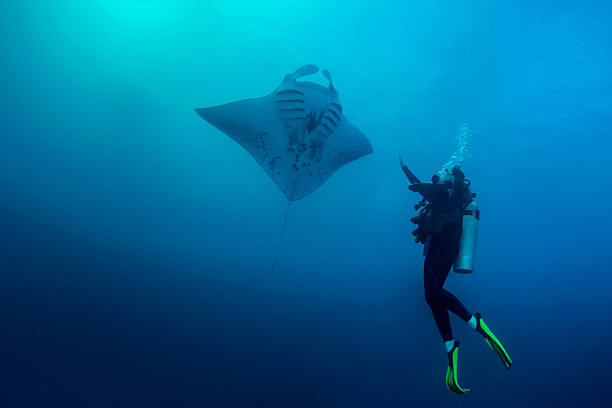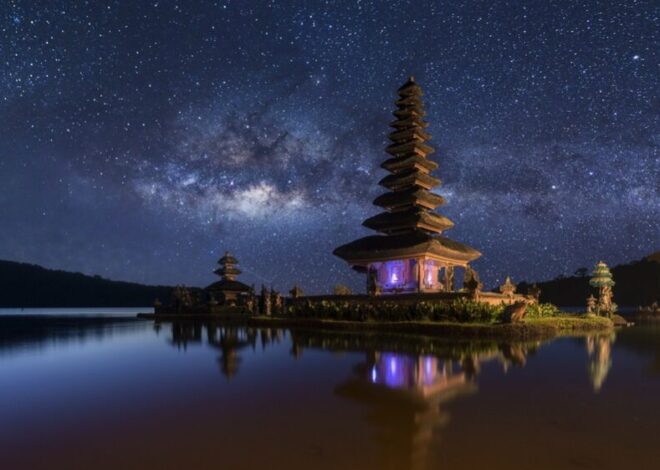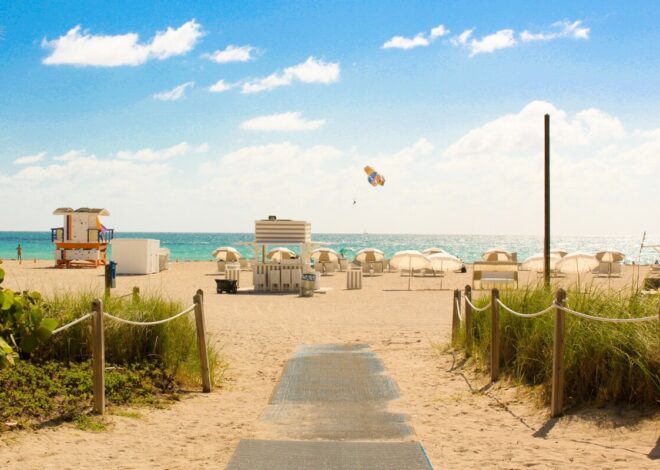Scuba Diving Komodo with Manta Rays
The manta ray that glides gracefully is a sight that you must see while in the Komodo National Park. Hearing its size which ranges from 4 to 7 meters, scuba diving Komodo can be very scary. In fact, manta rays are docile creatures that amaze anyone. Komodo diving is always fun but the season of manta rays is the best time for diving. It doesn’t matter if you’ve never seen it because the Komodo sailing trip will take you to see hundreds of manta rays dancing gracefully.

Scuba diving Komodo, what to do to meet manta rays
Finding the best time to visit Komodo island and dive to meet manta rays is important. The best time to see Manta Rays in Komodo is during the Manta Season, which lasts from December to February. This is the time of year when the water temperature in the South is lower than in the North.
Furthermore, the plankton bloom is in full swing, attracting the majestic Manta Rays to feed on them. Divers can watch the Mantas feed on the tiny planktons and even swim close to them to appreciate how beautiful and gentle they truly are. Divers should take precautions because the water will have strong currents that are better suited for advanced divers.
Where will you meet manta rays?
During the season, the best places to see one (or more) Manta Rays are Makassar Reef and Mawan Reef. Even if they weren’t, this dive site is stunning on its own. If your Komodo liveaboard heading to the northern part of the park increases your chances of seeing manta rays all year. The northern part of the park is usually not visited during January and February due to inclement weather.
Read also: Dive Cruise Indonesia, A Gateway To Embark Remarkable Dive Spots
Manta rays are a popular tourist attraction in Komodo National Park, along with beautiful coral reefs, marine biodiversity, and strong currents. Every year, these gentle giants migrate to this area due to cooler water temperatures and greater food availability.
Manta ray research
Each manta ray has distinct markings that make it easy for researchers to identify them. The Manta Watch program in Komodo uses these markings to track migration patterns and population growth. The graceful manta ray can travel long distances and will often visit cleaning stations where small fish will remove parasites from their bodies.
Because these areas are usually shallow and good for feeding, the manta rays will stay for a while, which is great for us divers. They clean up at these stations while munching on delicious plankton. They feed by filter-feeding, directing the flow of water towards their mouth with their cephalic fins.


